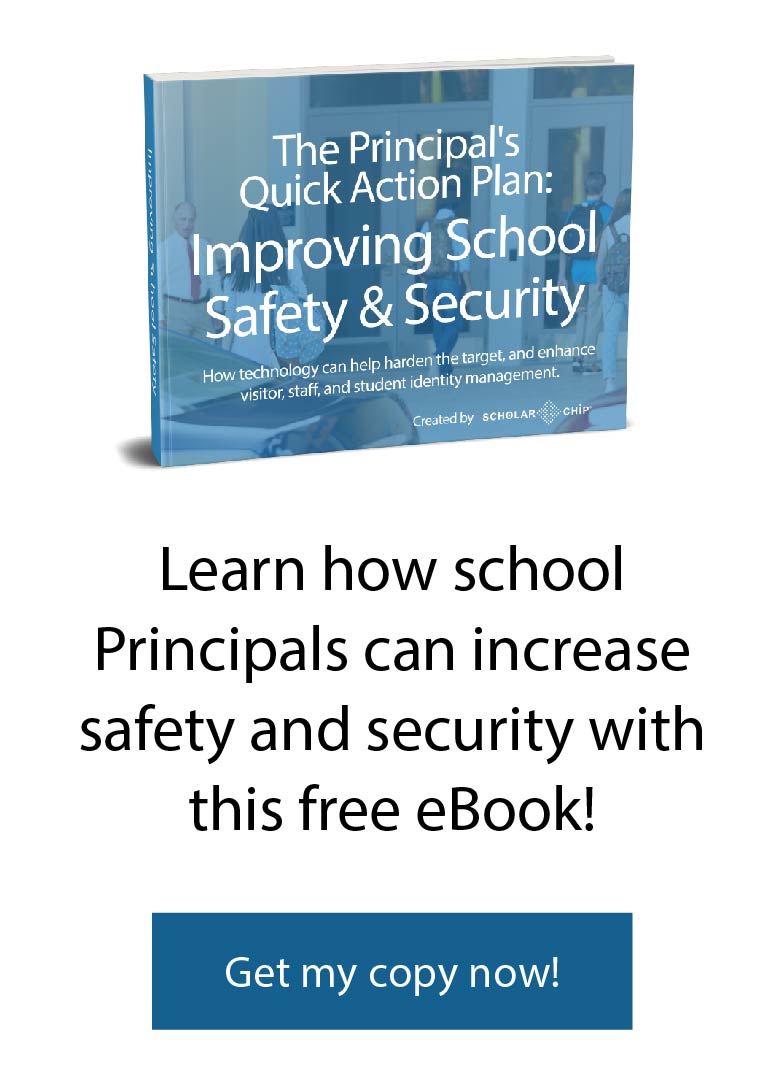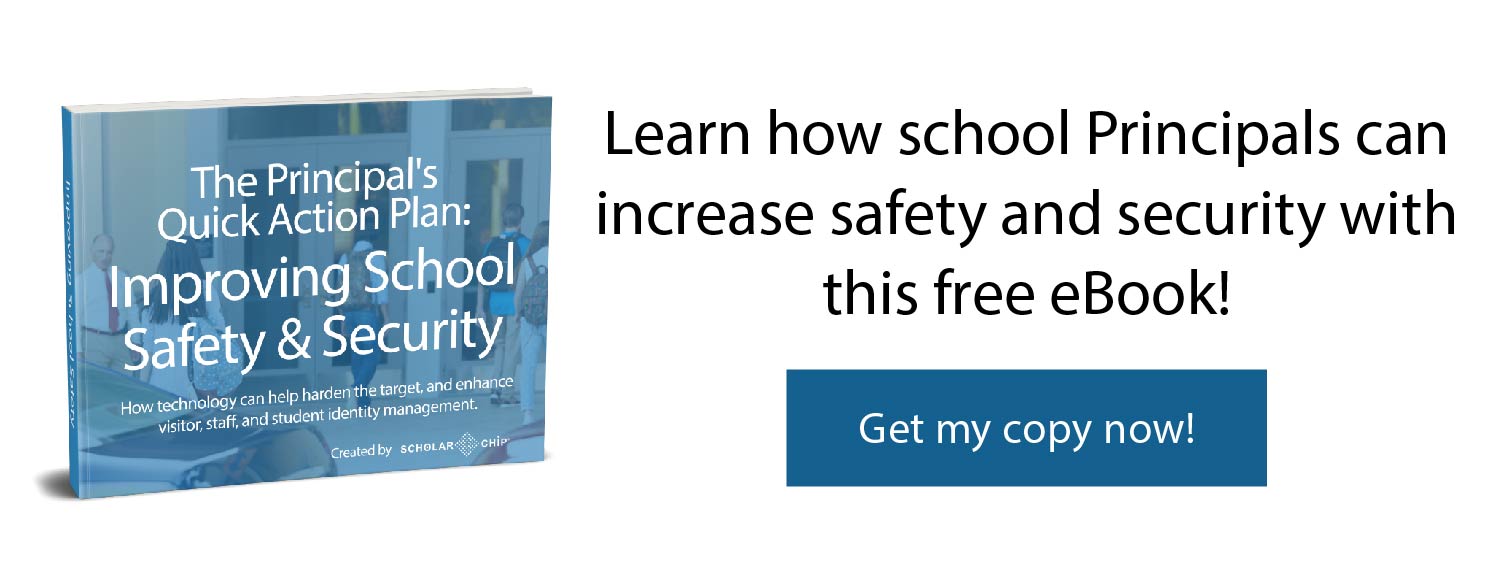In the wake of the Parkland, Florida shooting, hearing that the FBI and Broward County Sheriff’s office received tips in advance of the tragedy has left many bystanders perplexed. Sure, we know human error is natural. Yet rarely are such errors catastrophic. Which begs the question: What more could have been done to prevent this crime?
Theories abound, of course are gun control, mental health support, better training, better staffing. Yet one thing resonates above all the others: The need for improved data management and integrated systems.
Integrated Services
School safety is not something that can be achieved in one sweep. There isn’t a single tool or piece of equipment that can magically erase all threats. Instead, schools need to make comprehensive and collaborative efforts that require the participation of staff and relevant community members.
When school personnel and community resources work collaboratively, they are better able to collect, analyze, and interpret data that contributes to the safety of everyone. As outlined by the National Association of Elementary School Principals, this data should address the most critical areas of need with regards to school climate and safety.
Here are some ways to make that happen:
Data Management System
A truly efficient method for collecting data allows multiple stakeholders to recognize their role in making our schools safe, and then do something productive about it.
With today’s level of risk, schools can no longer afford to take a passive and reactive approach to security.
Moreover, the shift toward newer facilities and larger, expanding campuses demand more complex systems, policies, and programs–a holistic approach, in essence–to ensure the safety of students and staff members.
Although a great deal of resources have been invested in identifying youth who are most apt to carry out violent acts, this has resulted in an overwhelming pool of young people who, though they may fit the suspected profile of a “school shooter,” will never carry out a violent act. In other words, this profiling leads to a misidentification. Additionally, it takes valuable resources away from prevention and intervention of actual crimes.
Instead, we should respond to the threat of school violence much the same way we have responded to the threat of fire or natural disasters: by collecting and analyzing data, and then making relatively small changes in our schools and communities.
Identity Management
Having an automated system for identification gives additional data to school staff and stakeholders.
For one, an identity management system provides critical data and attendance. A 2008 study conducted at Arizona State University that tracked students from kindergarten through high school found that dropout patterns were linked with poor attendance, starting in kindergarten. Students who drop out or who have poor attendance records are more likely to be in trouble with the law and commit violent acts on school property.
The data collected from an visitor management system also provides an extra layer of security. Administrators then have the information to know and track who is in their building or on school property. This allows emergency personnel and safety officers to easily locate people who may have been harmed during a disaster, and it also aids in the swift removal of an intruder.
Finally, an identity management system helps improve school climate. Students enjoy a sense of belonging, which is a highly effective method of decreasing violence, and allows them to easily recognize if the people nearby are peers or approved school personnel. This helps everyone to focus on the most important aspect of school: learning.
Campus Security
In the past 20 years, schools across the globe have modified the way they protect students and staff using “target hardening” techniques. These measures are designed to prevent crime and reduce the escalation of crime within schools. They also help increase the integration of services within the community. Some examples include:
- School Resource Officers
- Secure Door Access
- Video Cameras and Closed-Circuit Televisions
- Mobile Monitoring
- Translucent Backpacks
- Metal Detectors
Addressing Physical and Psychological Safety
Any attempts to improve school safety should carefully balance physical safety with psychological safety. Relying on strong-handed techniques, such as armed guards or looming metal detectors does not objectively increase school safety. Rather, those tactics can create a great deal of fear and anxiety in students, and thereby undermine the learning being done.
A balance between physical and psychological safety may include:
- Implementing policies and practices to ensure that students are well monitored, school visitors are identified and escorted, and that risks are mitigated through quick action.
- Employing environmental design techniques, such as secure door access, fenced perimeter of the playground and parking lot, and limited access to dark “dead ends” within the school.
- Developing trusting relationships among students, families, and staff.
- Form a system that ensures anonymity when students report concerning behaviors or threats.
A Solution That Works
School crime is a serious concern for everyone within a community. As such, an integrated system that employs the resources of multiple stakeholders is critical. Efforts to reduce violence should begin with efficient and effective data management systems, and conclude with frequent revisiting of policies and procedures.
ScholarChip is an all-in-one, cost-effective solution to help reduce school threats and address the important issues surrounding school safety. Data from students, faculty, and stakeholders are leveraged to manage school access, attendance, and behavior management through the platform tools to increase safety and promote the campus climate schools are looking for.
To learn more about ScholarChip and how your school can benefit from the improved effects of data management, please request a 1-on-1 tour!


